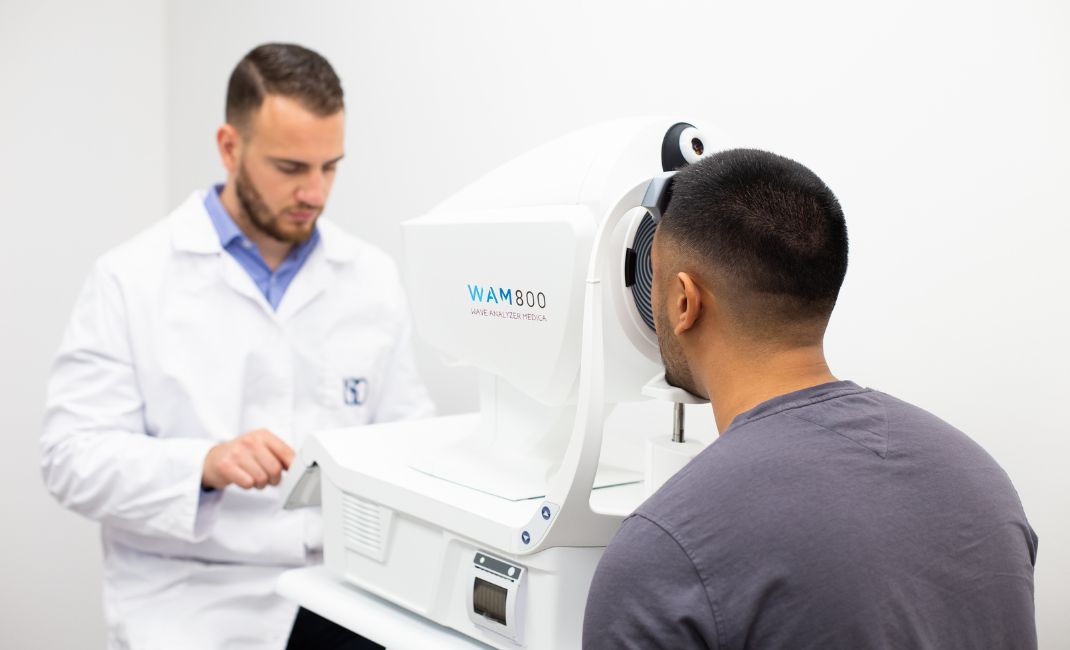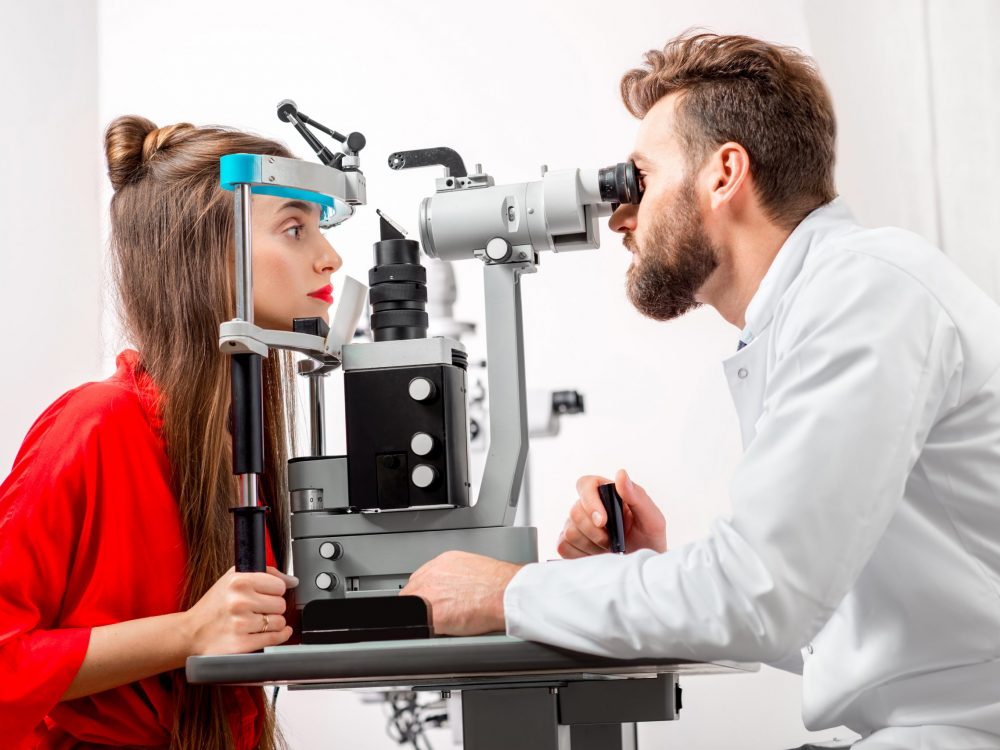
A recent survey reveals that Finnish consumers have become more price-sensitive but are still willing to invest more in vision-related products such as glasses and contact lenses. The increase in spending is particularly strong in Northern and Eastern Finland and among those aged 65+ and 45-54. Despite the growing popularity of online shopping in many sectors, vision-related products are still mostly purchased in optics stores. The search for information before making a purchase decision has increasingly moved online, and consumers value expert advice, product practicality, fit and quality when deciding to buy vision-related products.
According to the Path to Purchase Survey – Erikoiskauppa (Specialised Trade) 2024, recently published by the Federation of Finnish Special Commodity Trade (ETU), Finnish consumers are more price-sensitive than before and economic uncertainty can be seen in many contexts. Unlike many other product groups in the survey, consumers’ spending on vision-related products is on the rise (balance figure* +10).
22% of respondents expect their spending on vision-related products to increase in the next 12 months (2022: 20%). The increase in spending is particularly strong in Northern and Eastern Finland, where the balance figure is 13. The biggest increases in spending are among those aged 65+, with 27% expecting their spending on vision-related products to increase, and among those aged 45-54 (26%).
“As the population ages, vision-related needs are increasing, and we have seen in the past that people are investing in their health and well-being in the face of uncertainty. Good vision is an essential part of overall wellbeing and new glasses will brighten up your appearance and your mood,” says Panu Tast, CEO of The Finnish Association of Vision and Eyecare NÄE.
Consumption habits and places of purchase unchanged
In many of the industries covered by the survey, online shopping is still gaining ground as the preferred place to buy. There are no significant changes in where people buy vision-related products and services compared to the previous survey. Optics stores continue to be by far the largest source of primary purchases of the vision-related products and services, with 78% (vs. 79% in 2022), compared to only 12% (vs. 10% in 2022) for online sales.
Consumption habits for vision-related products have remained unchanged. 40% of respondents buy vision-related products or services every 2-3 years, 11% about once a year, and 8% a few times a year or more.
“Open comments reflected the increasing prevalence of refractive error surgery and how this is changing the need for the products. Rarely are people completely without vision-related products even after surgery, which contributes to the increased spending on vision-related products,” says Tast.
Search engines and websites have become even more important
Increasingly, information on vision-related products and services is being found on websites and search engines. Stores’ websites (30%, 22% in 2022) are the most important source of information when planning to buy vision-related services and products, while search engines have also become increasingly important (25%, 19% in 2022). Stores’ classified ads are used by 25% of respondents (21% in 2022) and are particularly popular with older age groups.
“The importance of information sources has increased, especially websites and search engines, reflecting the need for consumers to seek up-to-date information on the vision-related products before making a purchase decision,” comments Mr Tast.
Buying vision-related products
Of the respondents who had bought vision-related products, 63% said they had bought glasses in the last 12 months, 35% had used vision care services, 16% had bought contact lenses and 10% had bought sunglasses.
“I am pleased to see that more people are buying contact lenses than before. The number is higher than I expected. In the past, contact lenses accounted for less than 10%. It seems that contact lens use is on the way to an increase,” says Mr Tast.
Contact lens purchasing shows a different pattern by age group: 37% of 25-34-year-olds have bought contact lenses in the last 12 months, while only 2% of 65+ year olds have done so.
“I am surprised that contact lens use is still low among the older age group. Even though they are almost all multifocal wearers and do a lot of sports and exercise, why are they not wearing multifocal contact lenses alongside their multifocal lenses?” asks Tast.
The role of the expert and the factors influencing the purchase decision
Consumers’ purchasing decisions for vision-related products are often based on an existing need, with 50% of respondents saying they buy vision-related products based on need. Expert help also plays a significant role, with 33% of respondents needing expert help at the point of purchase before making a purchase decision, although this is down from 44% in 2022.
Consumers consider the most important factors in their purchasing decision to be fit and sizing (average 4.55), practicality (avg. 4.36) and quality (avg. 4.33). Advanced technology such as lenses (avg. 3.68) is in the top ten. Fashion and design are perceived as slightly more important (avg. 3.21) compared to 2022 (avg. 3.08). The importance of a particular brand is perceived as the least important (avg. 2.37).
“I was surprised that technology took precedence over fashion and brand here. Apparently, Finns have started to appreciate individually made and designed eye lenses, which are already widely available on the market,” says Mr Tast.
The Federation of Finnish Special Commodity Trade (ETU) carried out the research project together with its member associations. The survey was carried out by the research company Verian and the data was collected in an online survey in a Finnish demographic internet panel in August 2024. 3,000 people participated in the survey, including 1,521 women and 1,467 men. Each respondent was instructed to answer questions about the products and industries they indicated they would buy. Approximately one thousand five hundred responses were received for each sector. The total number of respondents who bought vision-related products or services in the survey was 1,478. The target group is people aged 15 and over living in Finland, excluding residents of Åland. The data are weighted to correspond to the standard population by age, gender and place of residence.
Attachment: Summary of the Path to Purchase Survey – Erikoiskauppa 2024 (in Finnish).
For additional information
Panu Tast
Managing director, The Finnish Association of Vision and Eyecare NÄE
Tel. 040 542 2227, panu.tast@naery.fi
* Balance figures on spending (=”Increasing” responses minus ”Decreasing” responses)


